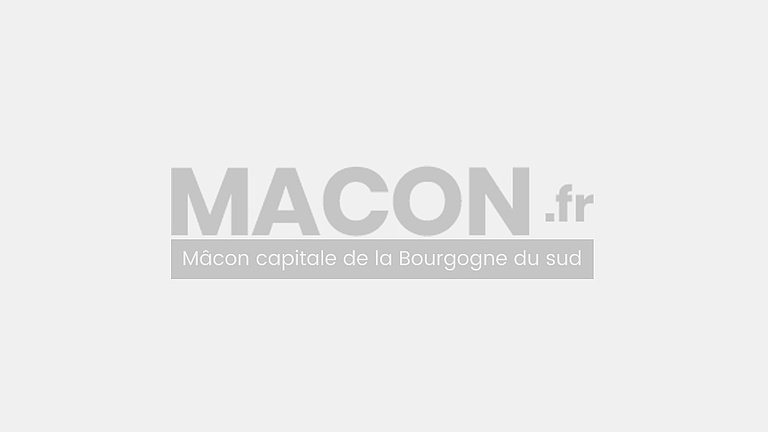The influence of Italy in 16th century Europe
The 16th century saw a great flowering of painting and architecture. Although Italy remained a major training ground for large numbers of artists, other places also offered opportunities for interaction. King François 1st's project to redecorate the Château of Fontainebleau provided fertile ground for artistic emulation among those who worked side by side there - artists from Italy, France, Flanders - and this led to the development of a new trend, the Bellifontain (Fontainebleau School) style. A perfect illustration of these reciprocal influences, Vénus au miroir (Venus with mirror) blends the essential features of Italian Renaissance art (a sense of perspective created by the paving, drapery, the classical-style nude) with elements characteristic of Nordic art (realistic toiletry items, the landscape in the background).
The period also witnessed the development of portraiture, which was the preserve of members of the bourgeoisie and aristocracy. Painted in 1591 at the age of 41, the Mâcon alderman Michel Mothion embodied the poise befitting his status: a military man, he also collected tolls for the use of the city's bridge.



